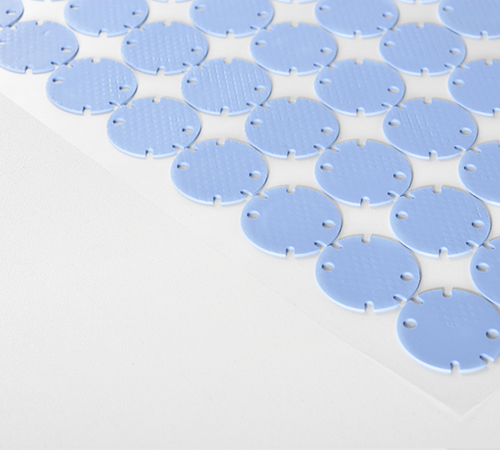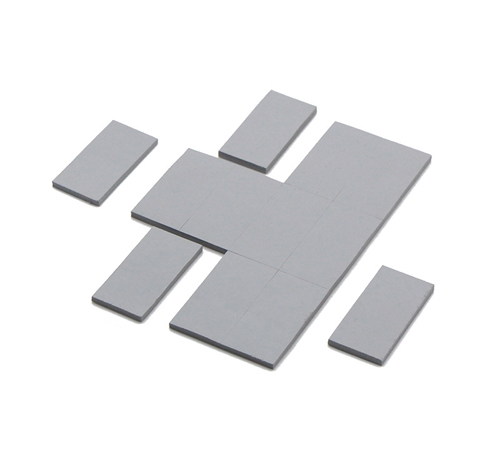With the rapid advancement of renewable energy technologies, solar photovoltaic (PV) systems have seen widespread adoption globally. Micro inverters, as key components of solar PV systems, are closely linked to the overall system efficiency. However, since inverters operate in high-power density and high-temperature environments for extended periods, excessive heat has become a primary issue affecting their stability and lifespan. To address this challenge, thermal silicon pads have emerged as an effective and reliable thermal management solution.
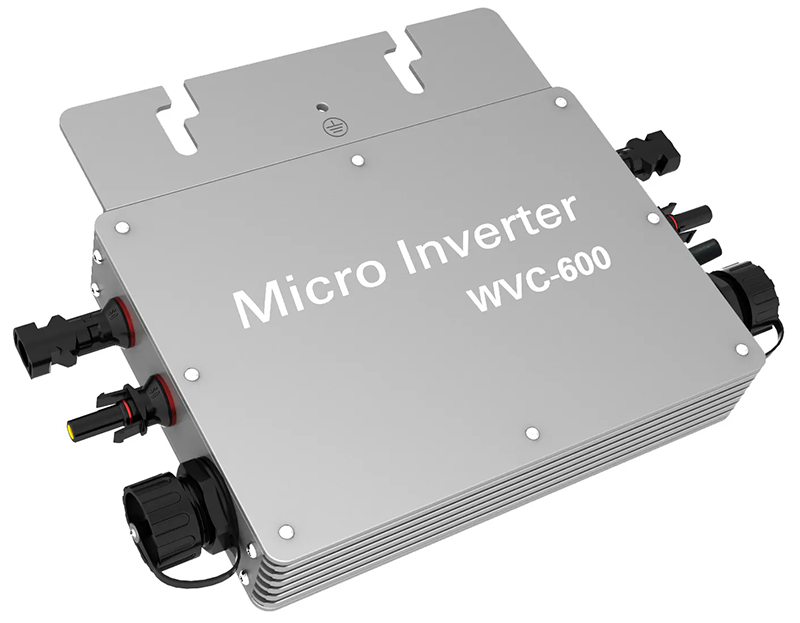
Operating Principles and Cooling Challenges of Micro Inverters
The primary function of a micro inverter is to convert the direct current (DC) generated by solar PV modules into alternating current (AC) for use in homes or industrial settings. Due to their compact design, micro inverters are typically installed directly on the back of solar panels, meaning they must operate in relatively confined spaces and are exposed to high temperatures and strong UV radiation.
The high power density and integration of micro inverters result in significant heat generation. If heat dissipation is not timely or adequate, the internal electronic components of the inverter may experience accelerated aging due to high temperatures, leading to reduced efficiency or even thermal failure. This not only affects the reliability of the device but can also shorten its lifespan and increase maintenance costs. Therefore, effective management and control of micro inverter temperatures have become pressing issues.
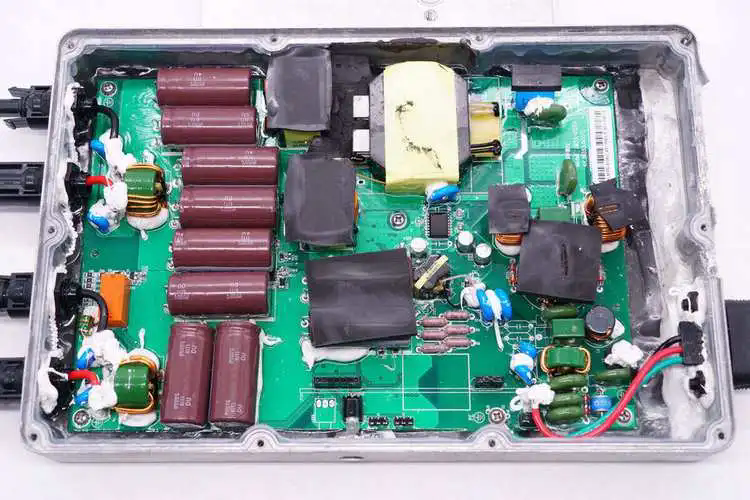
Principles and Characteristics of Thermal Silicon Pads
Thermal silicon pads are polymer composite materials made from silicone as the base material, infused with thermally conductive fillers. Their primary function is to fill gaps between heat-generating components and heat sinks, improving thermal conduction efficiency and reducing contact thermal resistance. Compared to traditional thermal materials, thermal silicon pads offer several distinct advantages:
1. High Thermal Conductivity
Thermal silicon pads typically have a thermal conductivity ranging from 1.0 to 12.0 W/m·K, effectively transferring heat from the heat-generating components of the micro inverter to the heat sink or casing, ensuring that the internal temperature remains within a safe range.
2. Excellent Softness and Compressibility
Given the varying shapes of internal components in micro inverters, the contact surfaces are often not perfectly flat. The softness and compressibility of thermal silicon pads allow them to conform fully to the surfaces of components, filling microscopic gaps and unevenness, thereby further reducing thermal resistance and enhancing heat dissipation.
3. Outstanding Electrical Insulation
In addition to conducting heat, thermal silicon pads offer excellent electrical insulation properties, preventing electrical short circuits between internal components of the micro inverter and thereby enhancing device safety.
4. High Temperature Resistance and Aging Durability
Thermal silicon pads can operate stably over a temperature range of -40°C to 200°C and possess strong UV resistance and aging durability, adapting to the harsh environments in which micro inverters operate and ensuring long-term stable performance.
Applications of Thermal Silicon Pads in Micro Inverters
In the thermal management design of micro inverters, thermal silicon pads are typically applied in several critical areas:
1. Power Modules
Power modules are the parts of micro inverters where heat is most concentrated. Placing thermal silicon pads between the power modules and heat sinks can effectively reduce module temperatures, preventing efficiency drops or component damage due to overheating.
2. Inductors and Capacitors
These components also generate heat during operation. Thermal silicon pads can help these components quickly transfer heat to heat sinks or casings, ensuring stable operation.
3. Between PCB and Casing
Thermal silicon pads can also be placed between the PCB and the micro inverter casing to ensure even heat dissipation throughout the system, avoiding localized overheating.
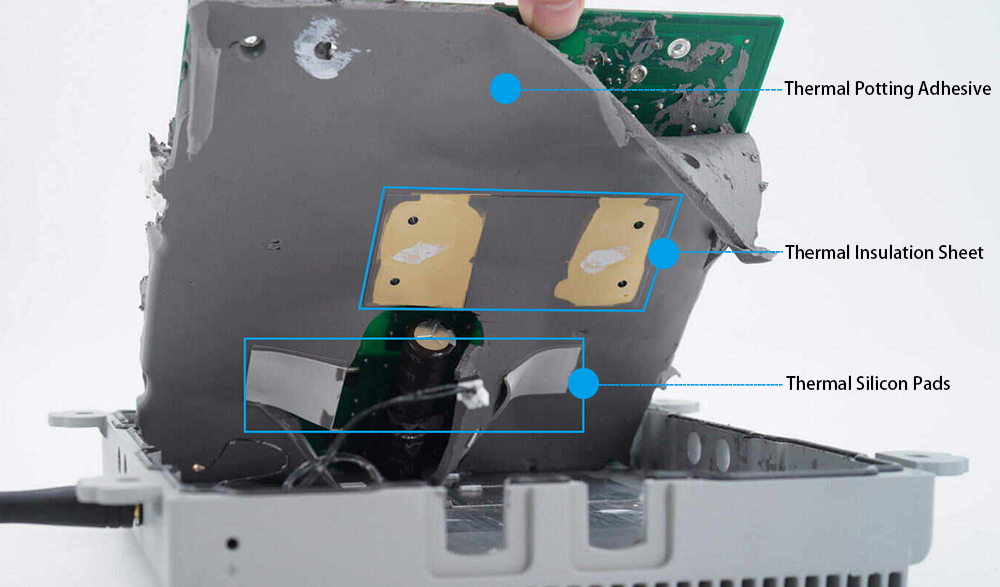
Selection and Application Considerations for Thermal Silicon Pads
When selecting thermal silicon pads for micro inverters, it is essential to consider factors such as the material's thermal conductivity, thickness, hardness, and the operating environment. Additionally, to maximize thermal performance, the following points should be noted:
1. Appropriate Thickness Selection
The thickness of the thermal silicon pad should be chosen based on the gap size and compression requirements between components. Pads that are too thick may result in poor heat dissipation, while pads that are too thin may fail to fill gaps adequately, reducing thermal performance.
2. Accurate Compression Control
When installing thermal silicon pads, ensure they operate under appropriate compression levels to minimize contact thermal resistance while avoiding material deformation or damage due to excessive compression.
3. Environmental Adaptability
Depending on the operating environment of the micro inverter, select thermal silicon pads with strong UV resistance, high temperature endurance, and aging durability to ensure long-term stable operation under harsh conditions.
Conclusion
Thermal silicon pads play a crucial role in the thermal management of micro inverters. With their excellent thermal conductivity, softness, compressibility, and electrical insulation, they effectively address the overheating issues in inverters, enhancing the reliability and lifespan of the devices. As photovoltaic technology continues to evolve, the application of thermal silicon pads in micro inverters will become more widespread, contributing to the efficient utilization and promotion of renewable energy.



 CN >
CN >

